Fin-De-Siecle Vienna: Politics and Culture (Vintage)
£28.00
“Not only is it a splendid exploration of several aspects of early modernism in their political context; it is an indicator of how the discipline of intellectual history is currently practiced by its most able and ambitious craftsmen. It is also a moving vindication of historical study itself, in the face of modernism’s defiant suggestion that history is obsolete.”
— David A. Hollinger, History Book Club Review
“Each of [the seven separate studies] can be read separately….Yet they are so artfully designed and integrated that one who reads them in order is impressed by the book’s wholeness and the momentum of its argument.”
— Gordon A. Craig, The New Republic
“A profound work…on one of the most important chapters of modern intellectual history” — H.R. Trevor-Roper, front page, The New York Times Book Review
“Invaluable to the social and political historian…as well as to those more concerned with the arts” — John Willett, The New York Review of Books
“A work of original synthesis and scholarship. Engrossing.”
— Newsweek
Read more
Additional information
| Publisher | Illustrated edition (12 Dec. 1980), Random House USA Inc |
|---|---|
| Language | English |
| Paperback | 432 pages |
| ISBN-10 | 0394744780 |
| Dimensions | 15.39 x 2.16 x 23.34 cm |


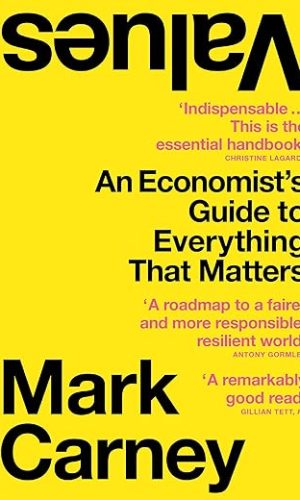

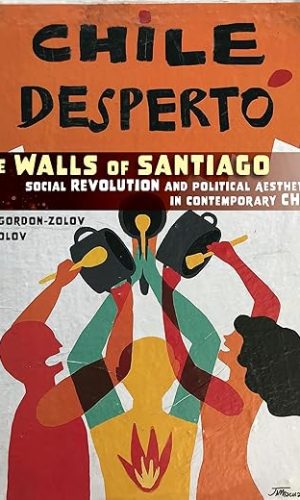
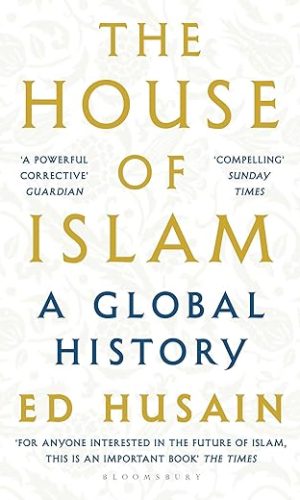
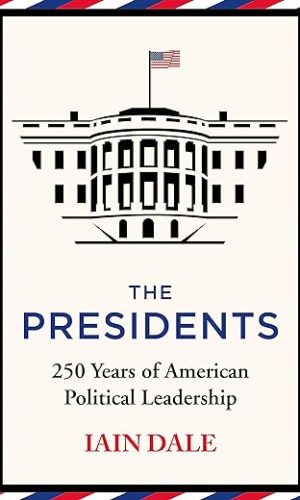
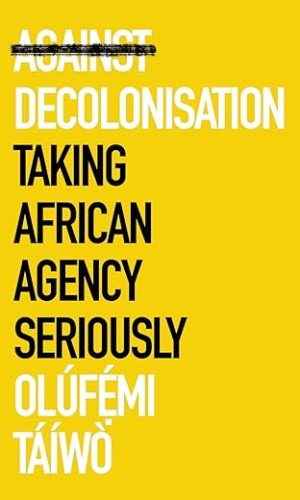


by David
I’ve no doubt this worthy tome is credited greatly in more refined circles than mine, but I just want a layman’s guide to the turmoil of thought in Vienna at the time. So it’s probably great for some, but less so for me.
I have a real issue with the Kindle version. The figures are in black and white, of course, with hardly any grey-scale. So they’re not very helpful especially when showing some of the works of Klimt. The Plates are even less helpful, especially as there are no links to them when they’re mentioned in the text. At first I couldn’t find them and thought they’d been omitted. When I did find them, I found they were quite poor. This is largely a problem with Kindle technology, of course. But the Amazon web page really should warn you that the Kindle edition is rather inadequate. I’m going to ask for a refund, and perhaps get myself a paper-back copy.
by John Ferngrove
Schorske’s classic work of scholarship is a series of seven essays, reworked into a whole, that discusses the tangled relationship bewteen the glorious flowering of Art in the Habsburg twilight, and the rapidly evolving politics of the era. In the fifty odd years between the abortive revolution of 1848 and the early 1900s the mesning of what art was, and was for, took on every possible complexion. The early years of this period were characterised by the bourgeios-liberal ascendancy, when art was seen as the gateway to self-improvement, both as a path by which the aspiring middle-classes could attain to the culture and refinement of the aristocracy, and to the eventual emancipation of the lower classes into a utopian future. In the later years, the same aesthetic liberal classes had been more or less marginalised from the politics of the Empire, which was by now imploding under the contradictions of a bemused aristocracy and the fragmentatary forces of a variety of antagoistic mass-movements, paradoxically unleashed by liberalism. In this later period, art became a place of narcissistic refuge for a class that had no other purpose than endless leisure. In the very final years radical modernism would surface in the form of the Expressionists led by Kokoschka and Schoenberg, to pour scorn on this dronelike hyper aesthetic elite who had lost all traction with the world of reality.
Personal hilights in the book are; essay III that describes the rise of several demagogues who became adept at stirring up masses by cunning identification and manipulation of their grievances, and the ‘politics of the sharper key’, where gentlemanly politics was ruthlessly subverted, and parliamentary process was at times at the mercy of enraged mobs on the streets outside. We see vividly the origins of the irrational mass anti-semitism that the Nazis would harness in the coming decades. We also see the origin of the Zionist movement that would ultimately result in the return of the Jews to Palestine, still reverberating today.
In essay IV I discovered that Freud, whom I only know of as a precursor to Jung, was a complex and deeply honourable man, very much moulded by the turmoils of his times. Schorske shows that his classic work ‘On the Interpretation of Dreams’ is as much about the political issues of his day, as a Jew, denied advancement in his profession for being a Jew, as it is about the structure of the human psyche.
The book is amply illustrated, particularly in those essays dealing with achitectural themes and those of the visual arts. There are also colour plates of key works to illustrate the essays on Klimt and the Vienna Seccession and on Kokoschka. It is a handsome as well as erudite book.
by Dr. P. Cramer
This is very much a standard work on the period. The basic thesis is that the failure of the short lived modernising liberal agenda, of 1848 with the economic collapse of 1873,facilitated escalating ethnic nationalist conflicts afflicting the multi-national Hapsburg Empire.It also led to the rise of crude antisemitic populist politics. Ultimately, this failure of liberalism set the stage for the emergence of modernism in fine art, literature, music and psychology.
The upper middle class was alienated by this change of political climate, and responded with an absorption in cultural pursuits. This turn inward, away from the wider social world, produced in some a previously repressed awareness of the instinctual life. Hence the work of Freud,the Klimt of the university paintings, Kokoschka, Schnitzler et al.
The real problem with this book is the frequently pretentiousness writing style, such that at times one is left wondering what the author was trying to convey.
by P. Ronayne
An intellectual tour de force about a period in history that had a significant bearing on everything we did during the 20th Century and still reverberates during the present time. Vienna was the cradle of modernism, not just in the creative arts, but in the years leading up to the First World War in every aspect of thought, design, philosophy, psychoanalysis and politics.
I bought the book for research purposes and I’m sure it will give many years of service.
An intellectual masterpiece.
by John Borstlap
A wonderful book, showing why the most important ideas of modernity were born in Vienna and not in Paris: Freud with his suppressed subconscious, Schönberg with his atonal music, Loos with his modernist buildings, Wittgenstein with his purely-rational philosophy, Kandinsky with his abstract painting. They reacted against an overbearing weight of tradition, rebelling against what they thought was a ‘façade culture’, attacking bourgeois attempts to uphold civilised values against the tide of barbarism, and in the process created new possibilities for the creative mind. But ironically, they began the work of erosion of culture which has been fully realised in our own time, and almost all of the artefacts of ‘bourgeois traditional culture’ are now hailed as precious achievements of beauty and meaning, of which the beauty of Vienna (attracting thousands of stunned and enthusiastic tourists nowadays) has become the symbol.